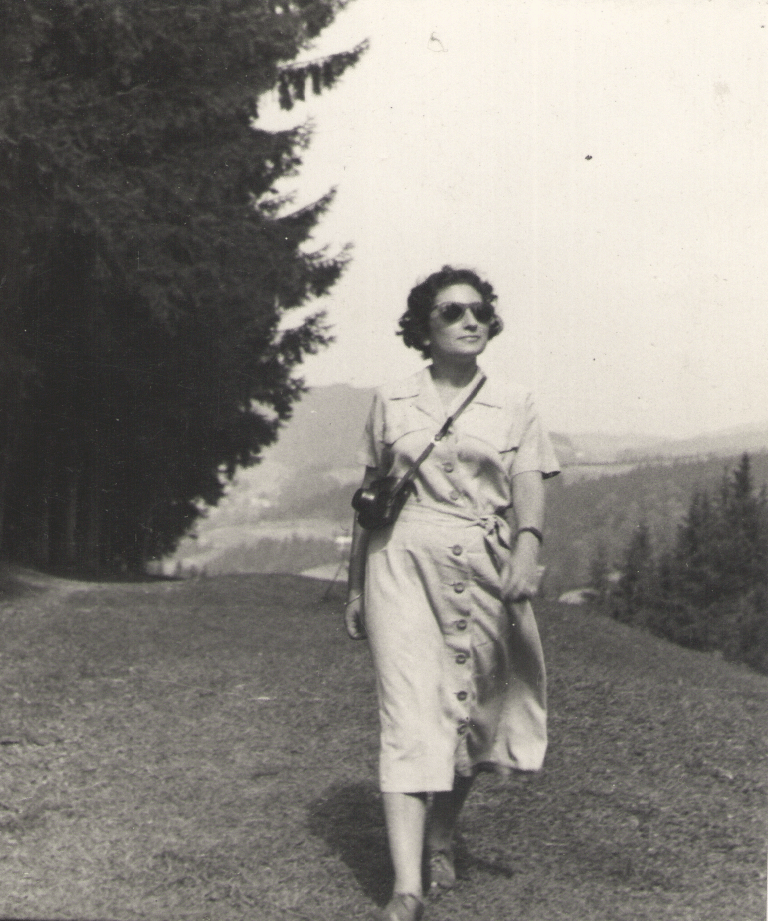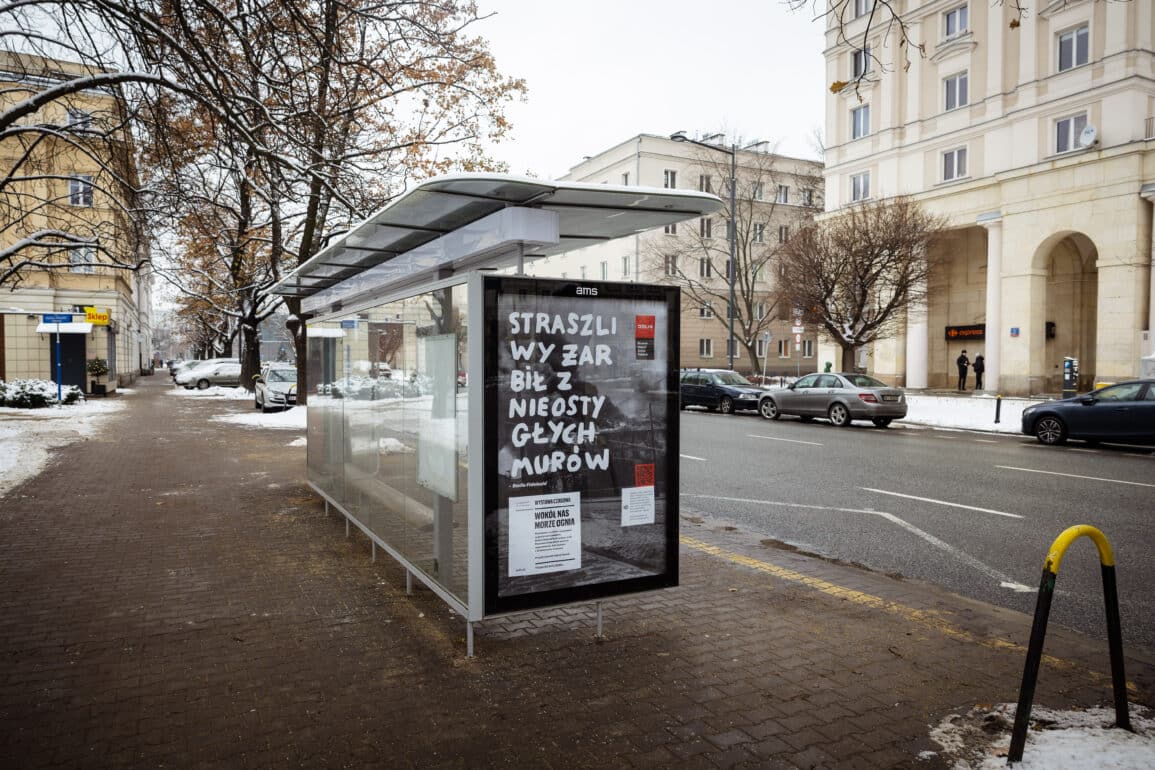Thanks to artificial intelligence, we can hear Stella Fidelseid, a Jewish Holocaust survivor, recalling the Warsaw Ghetto uprising. You can listen to her story while walking around the site of the former ghetto in Warsaw. The initiative accompanies the exhibition “A Sea of Fire Around Us,” which tells of the fate of Jewish civilians during the ghetto uprising.

What remained of her were the memories of the uprising written down after the war. In the 1990s, she also talked about them to the Shoah Foundation of the University of Southern California. Based on this interview in Portuguese, museum workers at Polin and the Saatchi & Saatchi agency reconstructed her voice and recorded her diary. And the results of their work are remarkable, as confirmed by the author’s family. “Her Polish version sounds just like her. After listening to the recording, my mother even had doubts about whether it was her or AI,” said Marina Wajnsztejn, Stella Fidelseid’s granddaughter.
We can listen to the memoirs exclusively on the site of the former ghetto. At five Warsaw bus stops: Muranów 05, Nowolipie 03, Nowolipki 03, Grzybowski Square 01, and Dzika 03, there are posters with quotes from Stella Fidelseid. They also feature a QR code, linking us to the recordings on the website.
We can also learn about Stella Fidelseid’s story at the exhibition “Around Us, a Sea of Fire” at the Polin Museum. It is the first exhibition dedicated to the fate of Jewish civilians, from which we will learn what daily life was like in the bunker during the uprising. In addition to Stella Fidelseid, the exhibition’s heroes include 17-year-old Leon Najberg, who returned to the ghetto to take part in the uprising, and Hena Kuczer, who lost her parents and seven siblings in the ghetto.
Stella Fidelseid’s memoirs can be listened to in the Warsaw district of Muranów until the end of December, and the exhibition in Polin Museum is on display until January 8.










